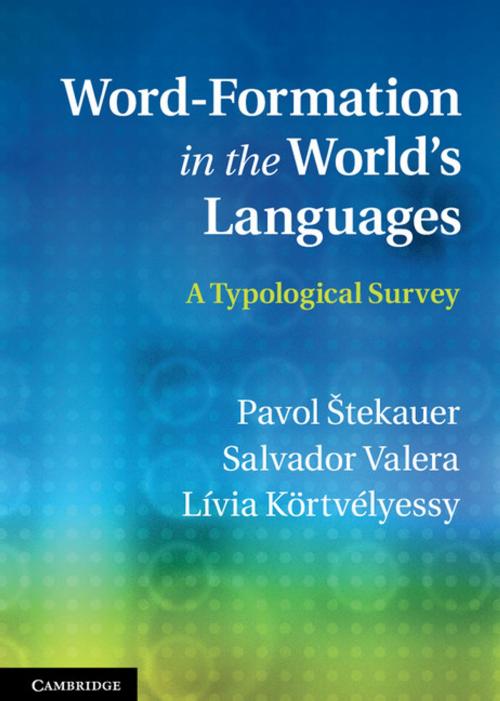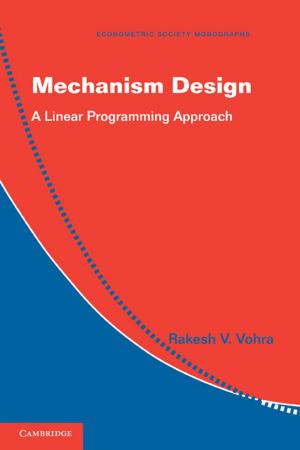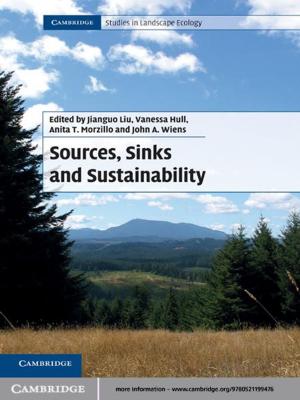Word-Formation in the World's Languages
A Typological Survey
Nonfiction, Reference & Language, Language Arts, Linguistics| Author: | Pavol Štekauer, Salvador Valera, Lívia Kőrtvélyessy | ISBN: | 9781139365529 |
| Publisher: | Cambridge University Press | Publication: | April 23, 2012 |
| Imprint: | Cambridge University Press | Language: | English |
| Author: | Pavol Štekauer, Salvador Valera, Lívia Kőrtvélyessy |
| ISBN: | 9781139365529 |
| Publisher: | Cambridge University Press |
| Publication: | April 23, 2012 |
| Imprint: | Cambridge University Press |
| Language: | English |
A pioneering book establishing the foundations for research into word-formation typology and tendencies. It fills a gap in cross-linguistic research by being the first systematic survey of the word-formation of the world's languages. Drawing on over 1500 examples from fifty-five languages, it provides a wider global representation than any other volume. This data, from twenty-eight language families and forty-five language genera, reveals associations between word-formation processes in genetically and geographically distinct languages. Data presentation from two complementary perspectives, semasiological and onomasiological, shows both the basic functions of individual word-formation processes and the ways of expressing selected cognitive categories. Language data was gathered by way of detailed questionnaires completed by over eighty leading experts on the languages discussed. The book is aimed at academic researchers and graduate students in language typology, linguistic fieldwork and morphology.
A pioneering book establishing the foundations for research into word-formation typology and tendencies. It fills a gap in cross-linguistic research by being the first systematic survey of the word-formation of the world's languages. Drawing on over 1500 examples from fifty-five languages, it provides a wider global representation than any other volume. This data, from twenty-eight language families and forty-five language genera, reveals associations between word-formation processes in genetically and geographically distinct languages. Data presentation from two complementary perspectives, semasiological and onomasiological, shows both the basic functions of individual word-formation processes and the ways of expressing selected cognitive categories. Language data was gathered by way of detailed questionnaires completed by over eighty leading experts on the languages discussed. The book is aimed at academic researchers and graduate students in language typology, linguistic fieldwork and morphology.















